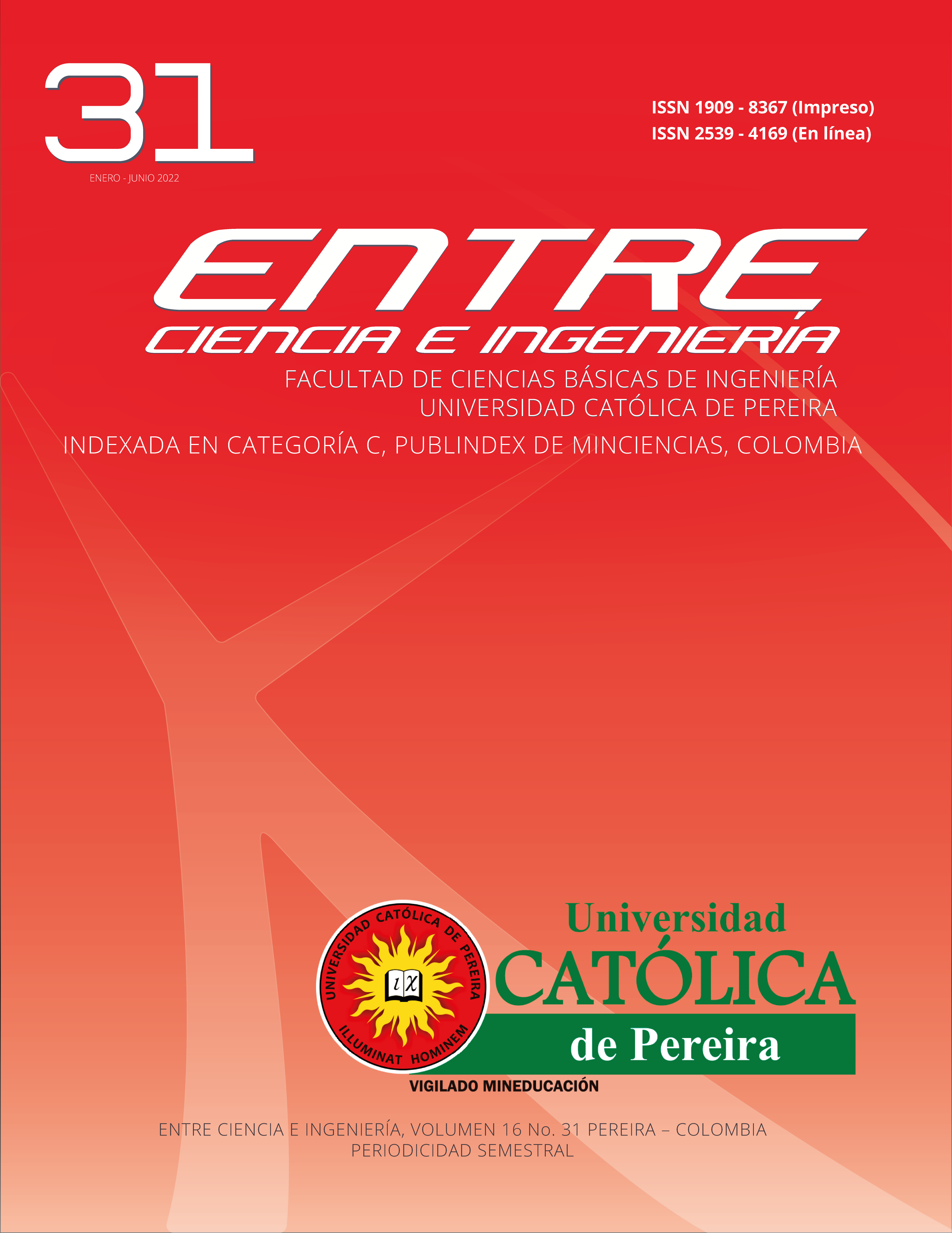Assembling a new vehicle: the impact on the development of processes, parts and tooling for the assembler and its suppliers
DOI:
https://doi.org/10.31908/19098367.2623Keywords:
Automotive Vehicle Assembly, Automotive Industry, Welding Robots, Tooling, Automotive parts supplier development, ChassisAbstract
The following article shows the impact generated in RENAULT-Sofasa for the design or redesign of production processes applied to the vehicle assembly plant and its local suppliers due to the development of a new vehicle focused on the Latin American market, allowing the consolidation of a product and process innovation. The vehicle´s design seeks to meet the safety and quality requirements demanded by end users. Therefore, the production processes in the assembly plant and the parts suppliers had to be transformed. The methodological section describes the incorporation of robots and process automation to optimize the assembly, ensure quality, and improve the security and ergonomic conditions for employees of the assembly factory, among other features that significantly modified the production process in the plant. In the case of parts suppliers, RENAULT-Sofasa provided support processes, technology transfer, and direct advice. Thus, it secured the acquisition of capabilities that would guarantee the quality of parts for the new vehicle. The results obtained showed that the development of parts with local suppliers and the new processes in the assembly line are effective in producing a vehicle of high quality. The article contributes to the Colombian engineering community about its own developments that have been completed in the country and the possibility of contributing to the automotive industry.
Downloads
References
European Commission - Joint Research Centre, «The 2018 EU Industrial R&D Investment Scoreboard,» Publications Office of the European Union, Luxembourg, 2018.
C. M. Sánchez y H. F. Pacheco, «Investigación, Desarrollo E Innovación En El Sector Automotor,» Desarrollo Tecnológico e Innovación Empresarial, vol. 2, nº 7, pp. 7-14, Diciembre 2018.
P. T. Glomski, «Achieving World-Class Perceived Vehicle Quality Through Improved Engineering And Manufacturing Tools,» Massachusetts Institute of Technology, Massachusetts (USA), 2005.
K. T. Ulrich y S. D. Eppinger, Product Design and Development, Quinta ed., México (México): MGrawHill, 2013.
N. P. Lutsey, «Review of technical literature and trends related to automobile mass-reduction technology,» UC Davis: Institute of Transportation Studies, Davis (USA), 2010.
K. Stylidis, J. Madrid, C. Wickman y R. Söderberg, «Towards overcoming the boundaries between manufacturing and perceived quality: an example of automotive industry.,» 50th CIRP Conference on Manufacturing Systems, vol. 63, p. 733 – 738, 2017.
D. J. Lee y A. C. Thornton, «The identification and use of key characteristics in the product development process.,» The 1996 ASME Design Engineering Technical Conferences and Computers in Engineering Conference, 1996.
A. Dagman, «Increased Visual Quality through Robust Split-Line Design,» Chalmers University Of Technology, Göteborg, Sweden, 2005.
B. G, Design for Manufacture and Assembly: The Boothroyd-Dewhurst Experience. In: Huang G.Q. (eds) Design for X, Springer, Dordrecht, 1996.
Y. E. González, M. A. Violet, H. D. Agudelo, «Aplicación del método de diseño para manufactura y ensamblaje al chasis de un vehículo de tracción humana de tres ruedas tipo recumbent como alternativa de transporte en la ciudad de Montería,» Entre Ciencia e Ingeniería, vol. 13, nº 25, pp. 35-44, 2019.
K. Stylidis, C. Wickman y R. Söderberg, «Defining perceived quality in the automotive industry: an engineering approach.,» CIRP 25th Design Conference Innovative Product Creation, vol. 36, p. 165 – 170, 2015.
K. Jayaram y J. Mohanraj, «Influence of Tolerancing Methods and Aspects of Perceived Quality on Side closures of Luxury Cars,» 14th CIRP Conference on Computer Aided Tolerancing (CAT), pp. 160-165, 2016.
M. A. Omar, The Automotive Body Manufacturing Systems and Processes., West Sussex: John Wiley & Sons Ltd., 2011.
R. J. Gerth y J. Baron , «Integrated build: A new approach to building automotive bodies,» International Journal of Automotive Technology and Management, pp. 185-201, 2003.
G.Michalos,S.MakrisN.PapakostasD.MourtzisG.Chryssolouris.,«Automotive assembly technologies review: challenges and outlook for a flexible and adaptive approach. CIRP Journal of Manufacturing Science and Technology,» CIRP Journal of Manufacturing Science and Technology, vol. 2, pp. 81-91, 2010.
F. Valderrama, «Robótica Industrial,» UNAD, Duitama, 2010.
J. Preti, «Projeto E Desenvolvimento De Robô Cartesiano De Baixo Custo Para Manipulação De Produtos Em Linhas De Média Cadência,» UNESP, Bauru (Bz), 2014.
H. Livatyali, T. Laxhuber y T. Altan, «Experimental investigation of forming defects in flat surface–convex edge hemming,» Journal of Materials Processing Technology, p. 20–27, 2004.
M. Svensson y K. Mattiasson, «Three-dimensional simulation of hemming with the explicit FE-method,» Journal of Materials Processing Technology, p. 142–154, 2002.
S. Thuillier, N. Le Maouˆ t, P. Y. Manach y D. Debois, «Numerical simulation of the roll hemming process,» journal of materials processing technology, p. 226–233, 2008.
EDAG GmbH & Co., «Roller Hemming Systems,» 12 01 2012. [En línea]. Available: http://old.edag.de/services/manufacturing/technology/rollfalz-systeme/.
C. M. Sánchez, «Desarrollo De Producto En La Industria Automotriz.,» Desarrollo Tecnológico E Innovación Empresaria, vol. 8, nº 2, pp. 4-11, 2019.
D. Tang y X. Qian, «Product lifecycle management for automotive development focusing on supplier integration,» Computers in Industry, vol. 59, nº 2-3, pp. 288-295, 2008.
J. P. Womack, D. T. Jones y D. Roos, The Machine that Changed the World, New York (NY(: Simon & Schuster Inc., 1990.
Downloads
Published
Issue
Section
License
Copyright (c) 2022 Entre ciencia e ingeniería

This work is licensed under a Creative Commons Attribution-NonCommercial 4.0 International License.








